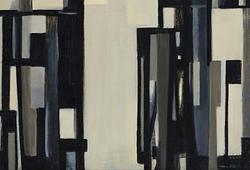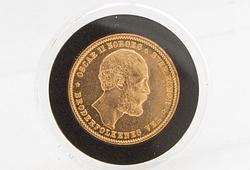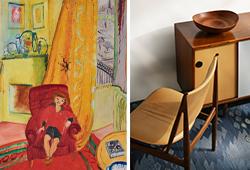A collection of rubbings of the calligraphy of two Song dynasty artists Su Shi and Mi Fei, early 20th Century.
In a wooden box. 24 booklets inside the wooden box that measures 15,5x30x25 cm.
Alkuperä - Provenienssi
From the Collection of Sven Lindqvist (1932-2019), a well renowned Swedish author whose 35 books range from travel and reportage to essays, aphorisms, autobiography, and documentary prose. 1960-62 he studied at Peking University and was 1961-62 cultural attaché at the Swedish Embassy. He formed a life-long attachment to Chinese Art and culture, especially calligraphy.
During his studies at Peking University Lindqvist was fascinated by a Tang dynasty painter famous for his murals: Wu Tao-tzu. The legend has it that he - after having just finished a wall-painting, he suddenly clapped his hands and a gate in the painting opened. Wu Tao-tzu entered into his art, the gate closing behind him, and he was never seen again. The Myth of Wu Tao-tzu, by Sven Lindqvist, (Bonniers 1967, in English, Granta 2012), is the story of what happened to the painter in the painting.
Kirjallisuus
Mi Fu (Chinese: 米芾 or 米黻; pinyin: Mǐ Fú, also given as Mi Fei, 1051–1107 CE)[1] was a Chinese painter, poet and calligrapher who was born in Taiyuan during the Song dynasty. He became known for his style of painting misty landscapes. This style would be deemed the "Mi Fu" style and involved the use of large wet dots of ink applied with a flat brush. His poetry was influenced by Li Bai and his calligraphy by Wang Xizhi.
Mi Fu is regarded as one of the four greatest calligraphers of the Song dynasty, alongside Su Shi, Hung Tingjian and Cai Xian. His style is derived from calligraphers in earlier dynasties, although he developed unique traits of his own.











































